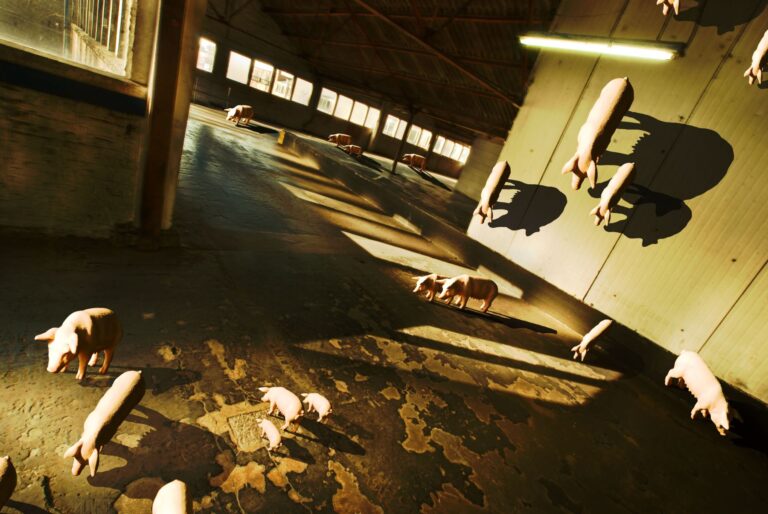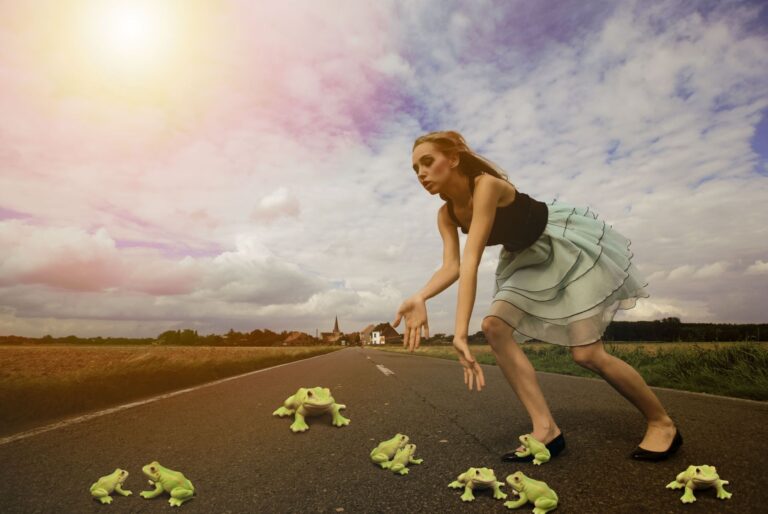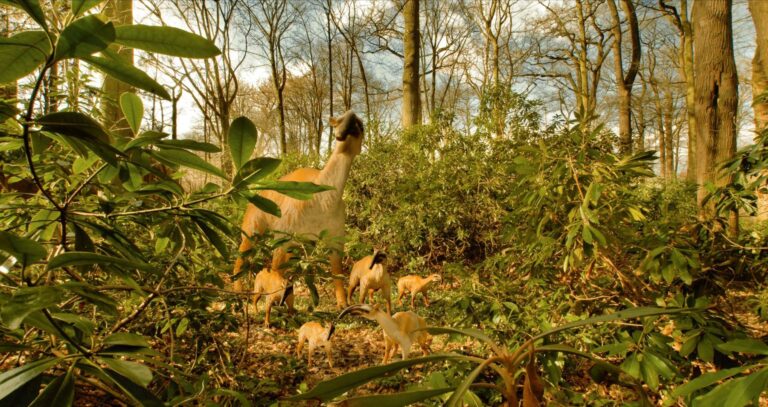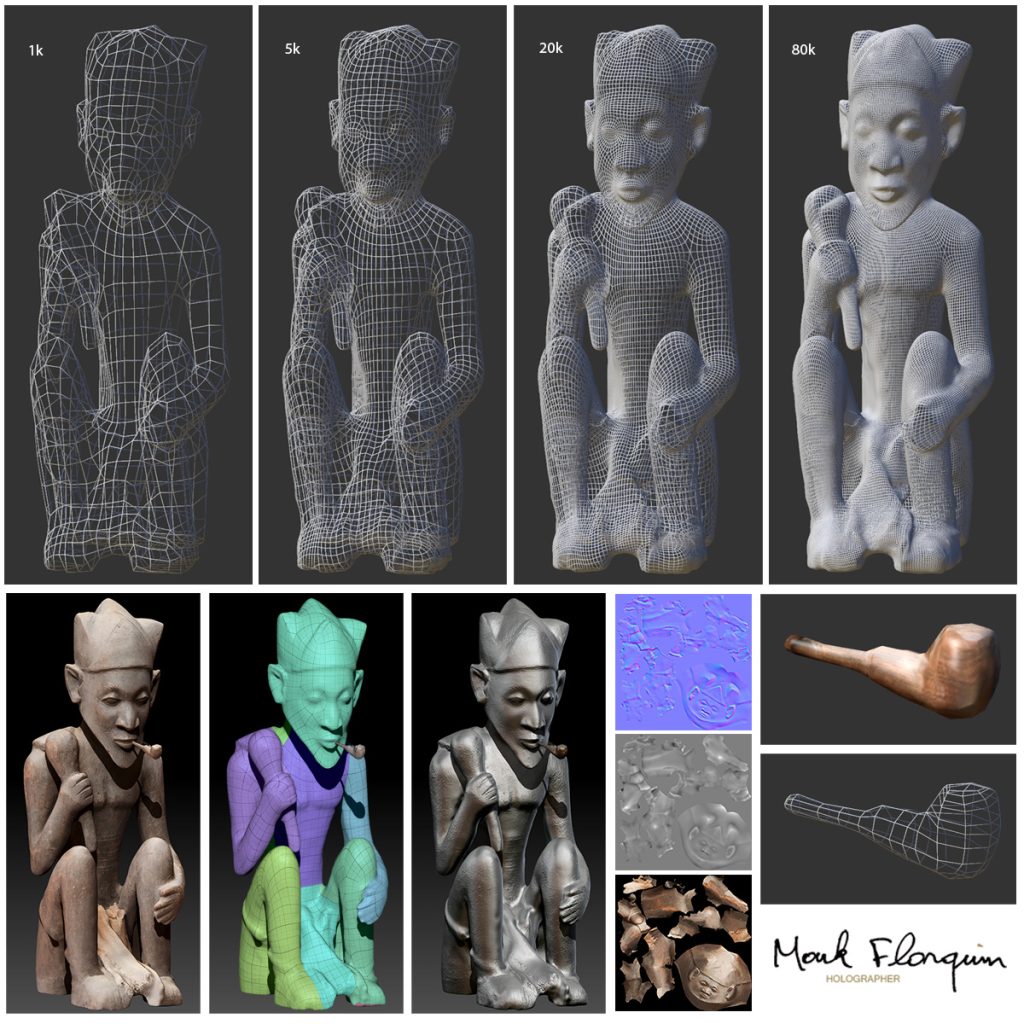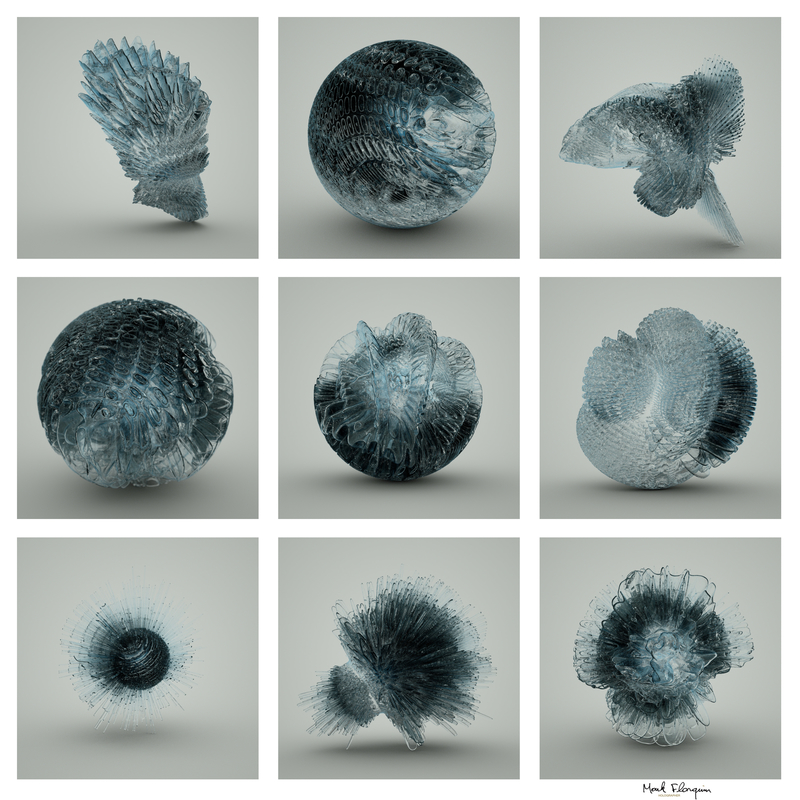As I was working on Combined images back in 2008, I often used Schleich animals. These creatures would easily fit in my pocket, and I took them with me whenever I captured a scene. I then rotated them in any position I wanted them to appear on the final image and then photographed them. The light matches perfectly with the scene, so Photoshopping went as smooth as possible.
Later on, as I discover 3D scanning (Photogrammetry), I digitized these miniature animals, making them polygonal. When a real world model is 3D scanned, it actually takes a little room on a hard drive and resides there, made only out of vertices, lines, and polygons. And so, I conjectured, any scan is a Polygonal Miniature. Needless to say, Polygonal Miniatures is the name of the company I run.
The first 3D model I ever offered for sale was this Dogon Statue, published April 1st 2012 on Turbosquid. Obviously it was meant as a joke, but it sold a few copies in the first few weeks and I became convinced selling 3D was a viable source of income and I captured more models. One day at the end of March in 2013, I went to the bakery and got some coffeecakes. Back home, just as I wanted to take a bite, I looked at my scanner, then back to the coffeecake I was holding. I held off on eating it and first scanned all 6 of the cakes and offered them for sale on Turbosquid.
My asking price was $49.95, 10 times more than they had costed. Mind you, it was almost April 1st again, so I felt like pulling another prank. But then the sales came in, I couldn’t believe it. As it turned out, there was a market for real life content, scanned and offered as a 3D model, and I would cater to it, still today. I have expanded my portfolio and sell now over 3000 3D Models on 12 Marketplaces.
My full body scanner was ready for business. I had 6 cameras, a green screen background, a turntable, and flashes. I did a few sessions with models and, after taking care of legal obligations, published them. Per session, some scans were really popular, some never sold, but since they attracted a lot of customers, my overall sales improved.
Selling generative design proved to top every previous experience. ‘Spherical Glass Statues‘ was published on April 14, 2013, now $199.95 but sold originally for $799.95. I put a lot of effort in designing, meshing, and rendering and that amount was reasonable to me. And it sold to a moviemaker, who was keen on using them in SFX. These initial successes encouraged me to keep going, but it was still a side income to my real job as a Holographer.
However, the experience I had spilled over to my professional life and I began advertising 3D scanning to potential clients. One of the first clients was, adeptly named, Initial. I scanned more than 80 outfits across multiple collections and created an Android App for salesmen, who could then show the new collection to buyers. We also made 3D printed statues that were displayed in Initial’s showrooms.
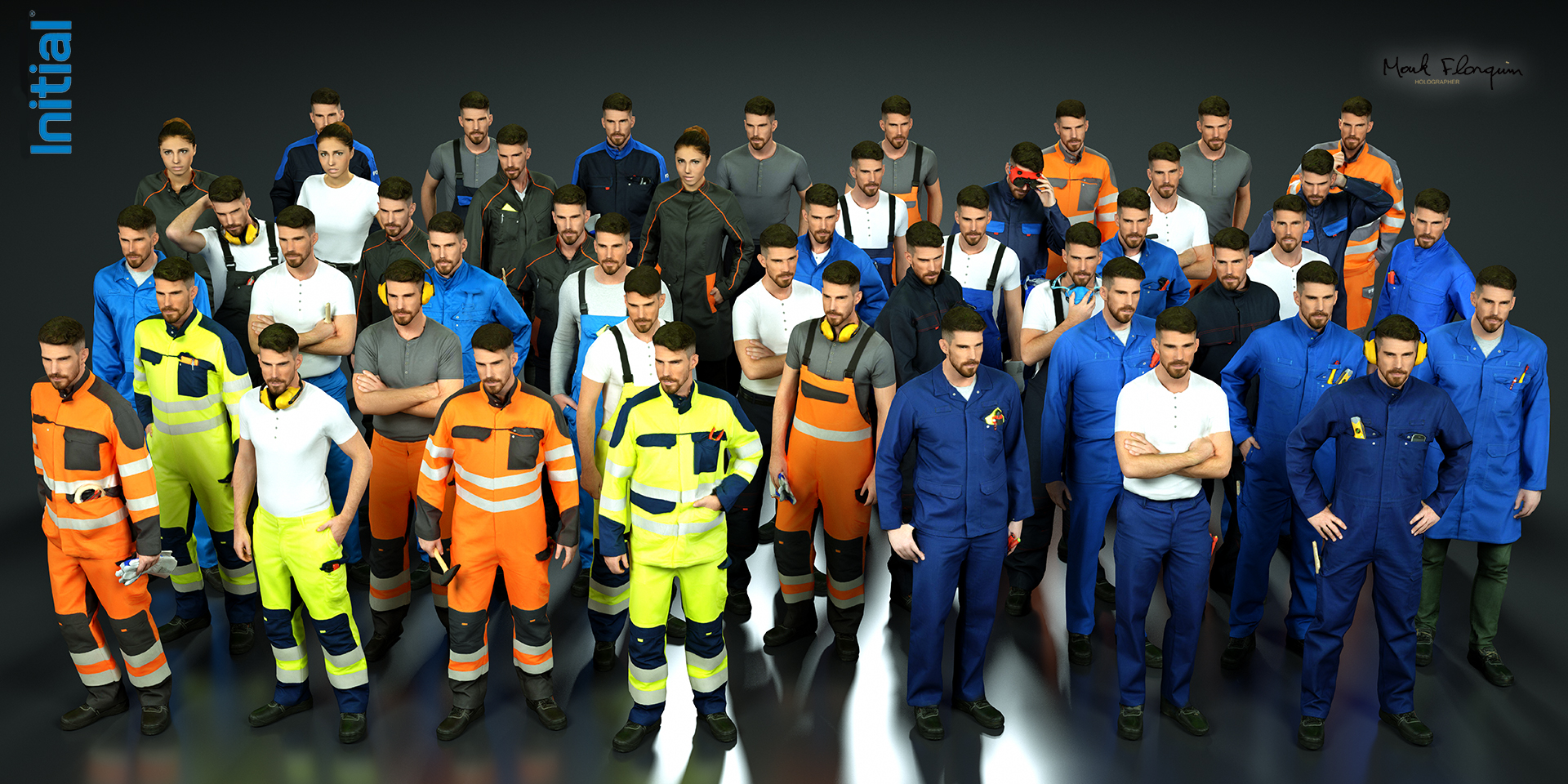
As I was doing research concerning avatars, I realized scanning clothing could be very useful. The first popular model published was ‘Jeans‘, available on Turbosquid on March 25, 2013. Following that, I actively sought designers to collaborate with. For Shayli Harrison, who, at the time, was doing her Masters at the Antwerp Fashion Academy, I made a virtual reality demo and 3D prints of the designs. She is now a Master in Fashion and founded Mutani.
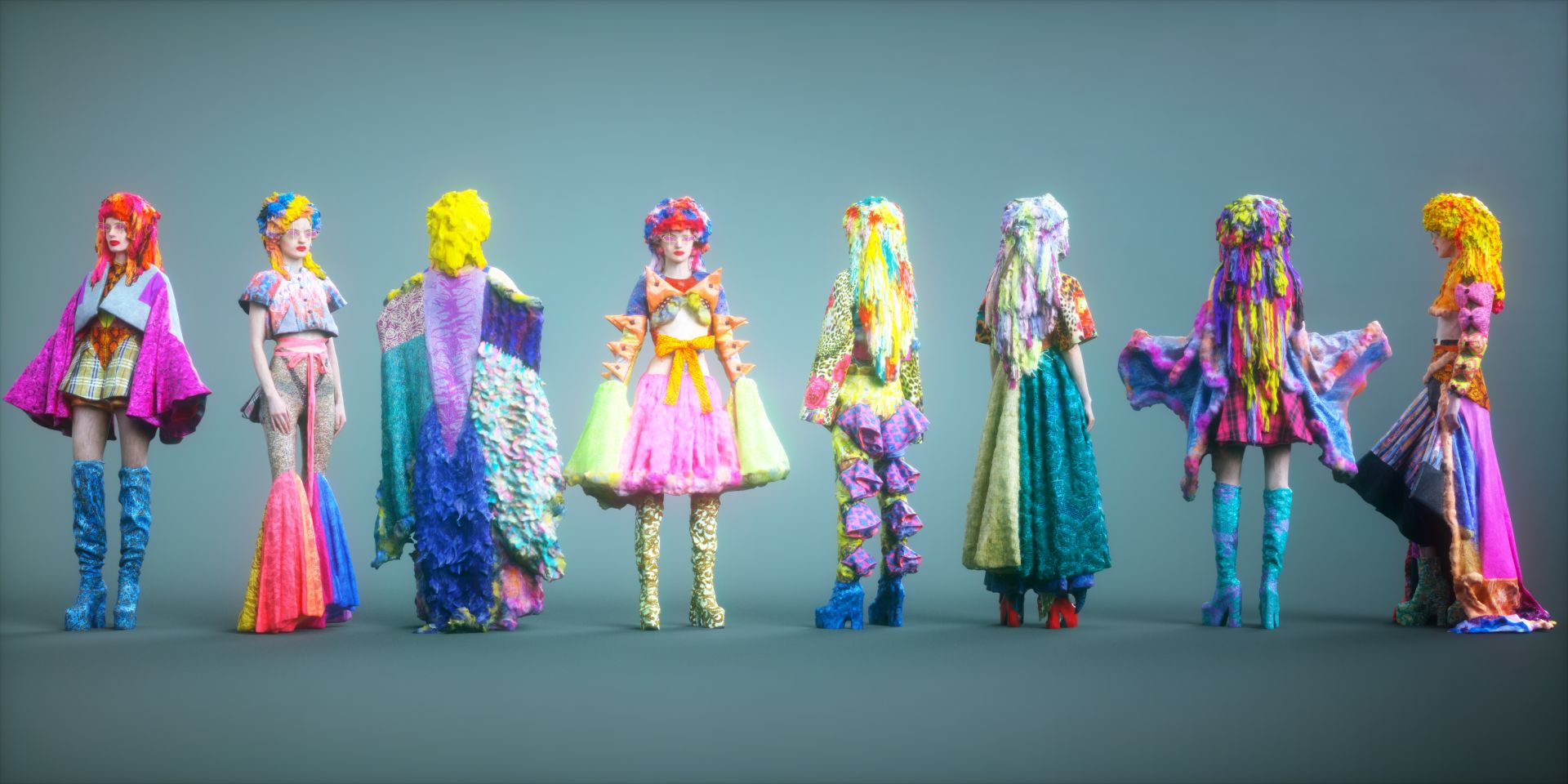
In 2022, I closed my one-man company, ‘The Holographer’, trademarked ‘Polygonal Miniatures’ and started Polygonal Miniatures Ltd. I am its only employee, but funnel a number of brands and models that benefit from having 3D content sold.
Thanks for reading, see you in the next project!
Mark Florquin

